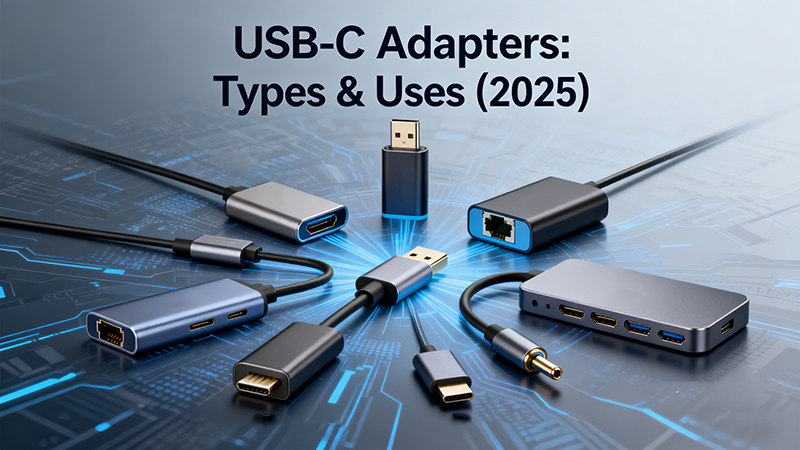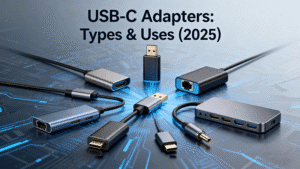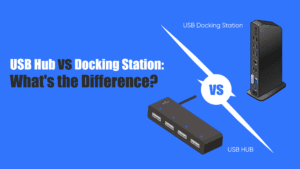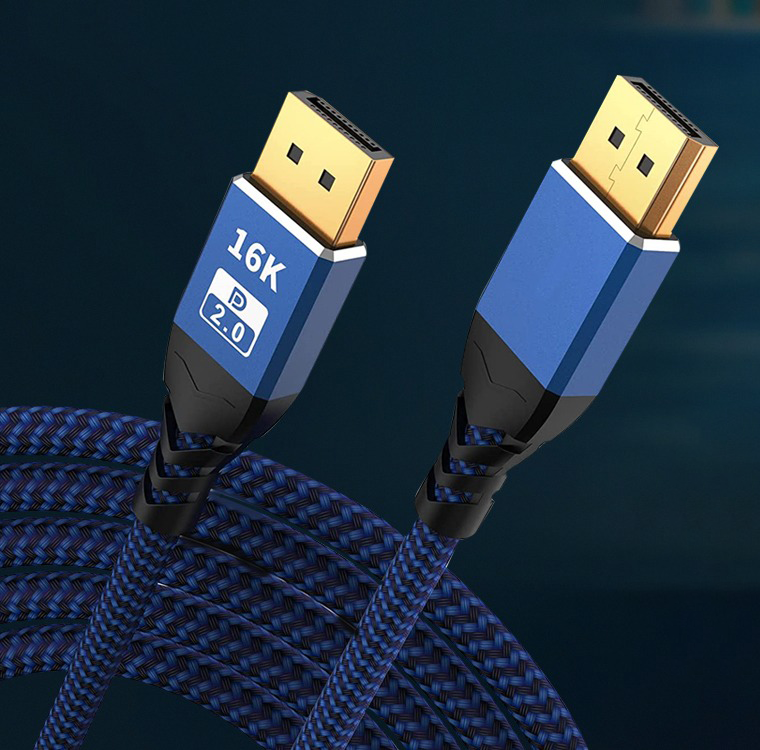USB-C has taken over as the universal connector for laptops, phones, and tablets—but what if your favorite peripherals still use old ports? Enter USB-C adapters: compact bridges that unlock compatibility between new devices and legacy gear. Below are the 6 essential types you need to know, plus how to use them.
USB-C to USB-A Adapter: Legacy Peripheral Saver
What it does: Connects USB-C devices (e.g., 2025 MacBook Air, Samsung Galaxy S24) to traditional USB-A peripherals like Usb flash drive,wired mice, or old printers .
Key variants:
- USB-C Male to USB-A Female (most common): Plug the C-end into your laptop, then attach USB-A gadgets.
- USB-C Male to USB-A Male: Use a USB-A charger to power your USB-C phone.
Speed note: Look for USB 3.2 Gen 2 (10Gbps) models—cheaper ones may only support USB 2.0 (480Mbps) .
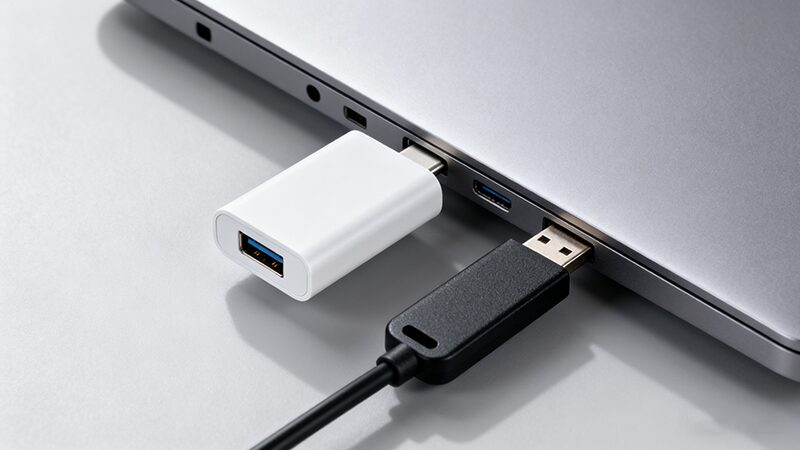
USB-C to HDMI/DisplayPort Adapter: Big-Screen Booster
What it does: Mirrors or extends your USB-C device’s display to a monitor, TV, or projector .
Critical check: Your USB-C port must support DisplayPort Alt Mode or Thunderbolt 3/4—charging-only ports won’t work .
Resolution support:
- HDMI: Up to 4K@60Hz (ideal for home theaters).
- DisplayPort: Up to 8K@30Hz (great for creative work).
Avoid VGA/DVI adapters unless necessary—they convert digital to analog, lowering quality
USB-C to Ethernet Adapter: Stable Network Fix
What it does: Adds a wired RJ45 connection to thin laptops/tablets (e.g., iPad Pro) for faster, more reliable internet than Wi-Fi .
Perfect for: Gamers, remote workers, or anyone in areas with spotty Wi-Fi.
Inside secret: It uses a built-in chip to convert USB-C signals to Ethernet .
USB-C to 3.5mm Adapter: Audio Lifesaver
What it does: Lets you use traditional wired headphones/speakers with phones/laptops that lack a headphone jack (e.g., iPhone 15, Google Pixel 8) .
Sound tip: Quality depends on the built-in DAC (digital-to-analog converter) .
USB-C to SD/MicroSD Adapter: Media Transfer Tool
What it does: Reads camera/drone memory cards directly on USB-C devices (e.g., MacBook Pro, Samsung Galaxy Tab S10) .
Speed hack: For 4K video, pick a UHS-II adapter (up to 312Mbps) instead of UHS-I (104Mbps).
USB-C Multiport Adapter (Mini Hub): All-in-One Travel Buddy
Best for: Travelers or anyone who hates carrying multiple adapters.
Pro caution: It’s bus-powered (draws power from your device), so avoid connecting high-power gadgets like external SSDs .
Quick-Reference: Adapter Types & Uses
Adapter Type | Key Use Case | Must-Know Specs |
USB-C → USB-A | Connect legacy peripherals | USB 3.2 Gen 2 (10Gbps) for speed |
USB-C → HDMI/DP | External displays | 4K@60Hz (HDMI); 8K@30Hz (DP) |
USB-C → Ethernet | Wired internet | Gigabit Ethernet (1Gbps) support |
USB-C → 3.5mm | Wired audio | High-quality DAC for better sound |
USB-C → SD/MicroSD | Camera media transfer | UHS-II for 4K video |
USB-C Multiport | Travel/light multitasking | Max 60W power passthrough |
Final Buying Tip
Always check device compatibility first—not all USB-C ports support video output or high-speed data . For example, a charging-only USB-C port on a budget phone won’t work with an HDMI adapter. Stick to trusted brands like Foyun .


